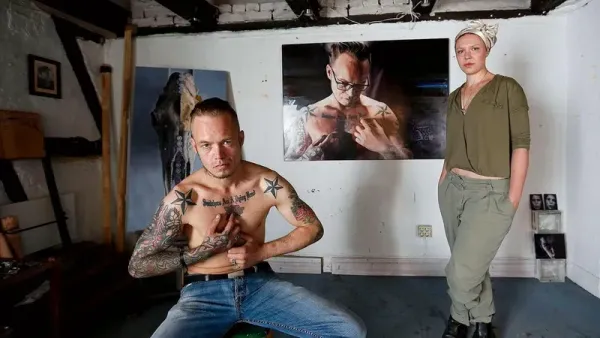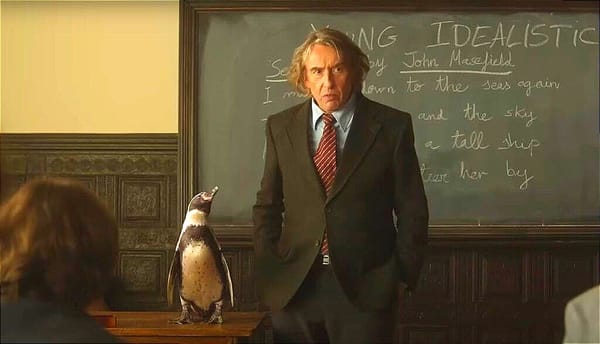The Long and Winding Film
On the virtues of eight-hour Beatles documentaries and not letting it be.
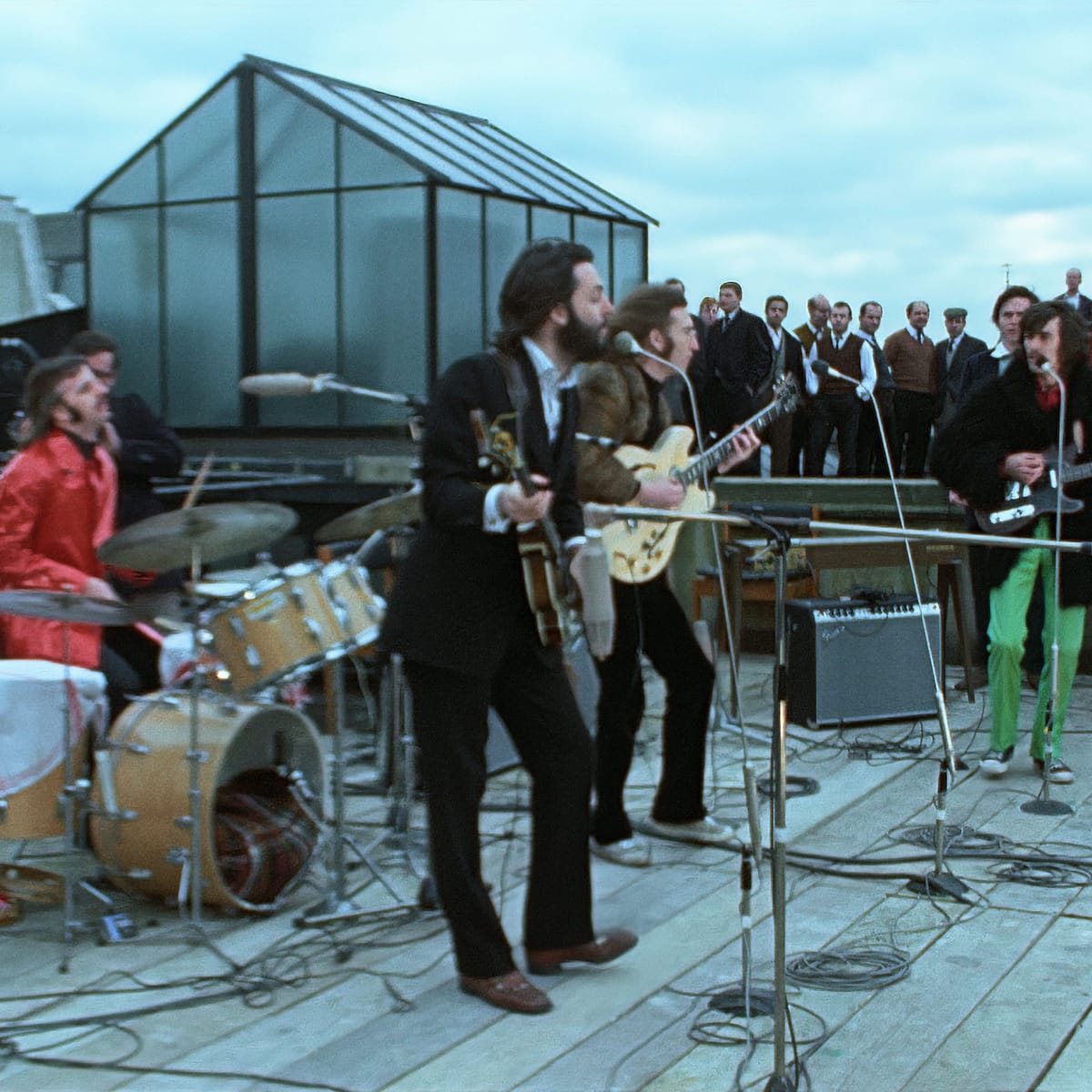
The Nut Graf: “The Beatles: Get Back” (Disney+) is Peter Jackson’s nearly eight-hour dive down the rabbit hole of film footage from the 1970 “Let It Be” sessions. Is it too long? Of course it is. Do you love the Beatles? Of course you do. (**** stars out of ****)

At this writing I’ve only been able to make it halfway through “The Beatles: Get Back,” Peter Jackson’s three-part 468-minute reclamation of the film footage shot for the “Let It Be” movie in 1969. What I have seen has been revelatory. Also boring, suspenseful, hilarious, and sad. The documentary premiered on the streaming service Disney+ on Thanksgiving Day, and the press got to preview it only in a 72-hour window starting on Monday the 22nd – a time-period when, for me, grown children were coming through the door, pies were being baked, turkeys were being brined, and so forth. How do you fit a generous serving of the past into the bustle of the holiday present? When the Beatles have been a corner post of your world since you were six, you make as much time as you can. Kid 1, Kid 2 and Kid 2’s boyfriend sat down to watch, too, the kids because we raised them on the Fabs from infancy – “I Will” off the White Album makes a great lullaby – and the boyfriend because his parents were young enough that he’d largely missed the Beatles boat and had always wanted to know more.
What we saw was a circle of four men pulling apart from the hermetically sealed unit they once had been, enabled by an outer circle of administrators, sound men, businessmen, press agents, and gofers, all of them lesser talents. The footage was shot by director Michael Lindsay-Hogg for a project that broke down midway through; what was supposed to have been a new Beatles album written, recorded, performed, and televised in a three-week period became an acrimonious affair capped by the group playing an untelevised one-off set on the roof of Apple’s business headquarters. The resulting album, “Let It Be,” was their least polished work, a record once described as the sound of men “stumbling off the stage they had built.” The film of the same name was a pop-culture downer, coming out as it did after the Beatles had officially broken up, and aside from bootleg copies it has long been unavailable on video. A half century later and with the go-ahead from Paul McCartney and Ringo Starr, Jackson has been tasked with reframing the portrait more accurately. Because he doesn’t know how to do things small (viz, three “Hobbit” movies where there should have been one), we have this fascinating behemoth.
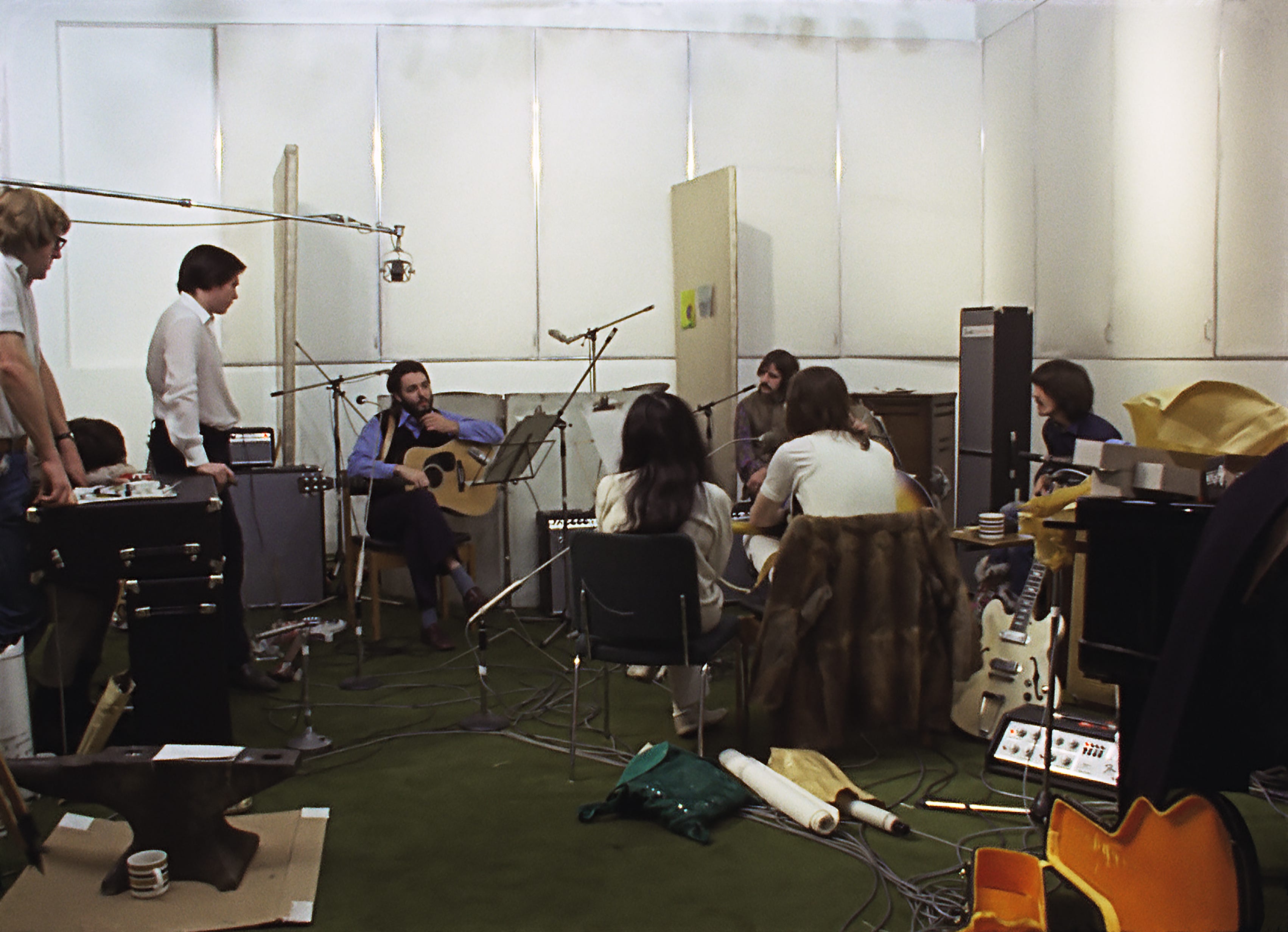
Only four men knew what it was like to be a Beatle, and “The Beatles: Get Back” is as close as you or I will ever get to knowing how that felt. For the first week and a half, the production is ensconced on a soundstage at Twickenham Studios, with bad acoustics and a worse vibe. (Everyone eventually relocated to Apple.) The group’s manager, Brian Epstein, has been dead a year and a half and in his absence Paul has taken on the mantle of group disciplinarian/parental conscience. This goes about as well as you can imagine. John is at this time besotted with new partner Yoko Ono, to the point where she’s allowed to sit next to him in the sacred circle, and for the first week he seems disinterested, emotionally elsewhere. (Eventually Paul’s girlfriend Linda Eastman arrives, and she and Yoko sit together chatting as the band plays — a charming image of sisterly amity amidst fraternal strain.) Ringo does what he’s told, serves as an invaluable sonic and psychic anchor, and is loved by all. George, a good songwriter in a group with two great ones, chafes under the dismissal of his tunes and Paul’s control-freak tendencies. Finally, in the most remembered scene in the original “Let It Be” movie, George snaps, “I’ll play whatever you want me to play. Or I won’t play at all if you don’t want me to play. Whatever it is that will please you, I’ll do it.”
That’s as tense as things got, or so we were led to believe. What the Jackson film makes clear is that several days later, Harrison up and quit. It seems to come out of nowhere; the band is hacking away at “Two of Us,” John and Paul goading each other on with smiles and directives, and then George takes off his guitar and quietly says, “I think I’ll be leaving the band now.” John: “When?” George: “Now.” And he’s out the door.
Ty Burr’s Watch List is a reader-supported newsletter. Both free and paid subscriptions are available. Those who want to support my work are encouraged to take out a paid subscription.
The greater part of the ensuing hour — the first half of Part 2, which is where I had to stop — has to do with the other three wooing him back. All of this was kept out of the 1970 film and from general public knowledge. What’s more disconcerting is how the recording project and the Beatles themselves shudder to an entropic halt while he’s gone, everyone aimlessly milling about the soundstage for days. It’s like a wheel has come off the bus, and only when it’s back on can the bus move forward.
Which it does. What makes “The Beatles: Get Back” so eye-opening and worth the time – as an entertainment and as a historical corrective – is that it shows a working band deeply engaged in the nuts and bolts of creating music, making each other laugh even as they’re driving each other crazy. It’s a movie for process freaks, a demonstration of how perfection (or thereabouts) is achieved via incremental phases of downtime and effort. There’s as much fun as there is grind, with John’s manic energy increasing as the sessions proceed. Magic moments abound: Paul idly strumming a guitar and the beginnings of “Get Back” rising out of the chords, or a dull discussion of the sets for the live performance backgrounded by the first notes of “Let It Be” being sounded out on an offscreen piano.
We hear songs in utero that will turn up on later albums: “Golden Slumbers,” “Mean Mr. Mustard,” “Oh! Darling,” and other tracks from “Abbey Road” (which was recorded after the “Let It Be” sessions but released before), the keening single “Don’t Let Me Down,” early versions of John’s “Jealous Guy” and Paul’s “Another Day.” There are just as many moments where the group digs back into the rock chestnuts that sustained them in their youth, playing Chuck Berry songs with sloppy, joyous verve. This documentary testifies to the unique fireball of creative energy that was sustained for a time — and only a time — between four men with their heads together and their backs to the world.
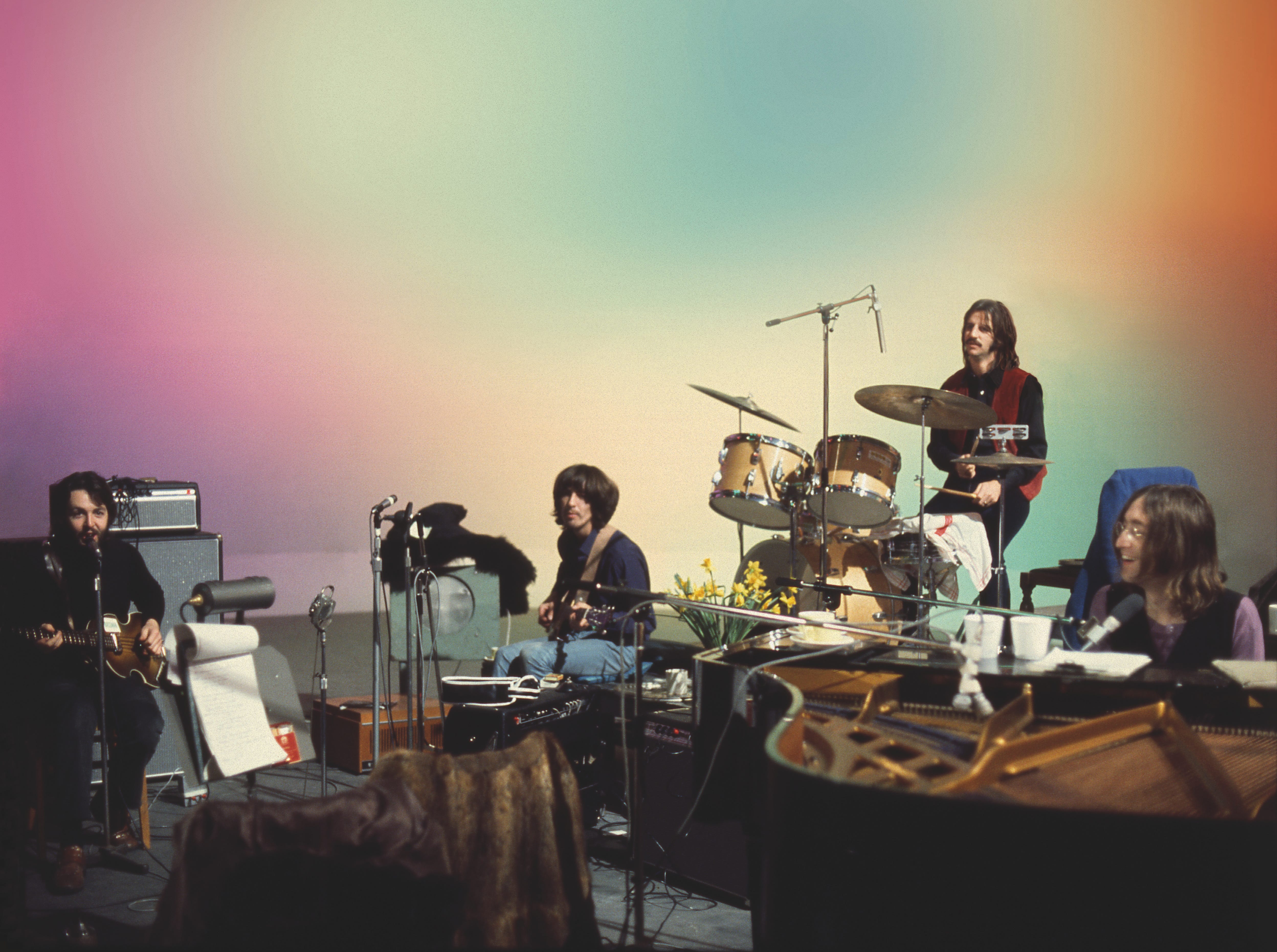
Time, in fact, is the subtext of “The Beatles: Get Back.” The time from the group’s ascension to superstardom in 1963 to their fizzling out in 1970 – seven incredibly fertile years in which the Beatles helped alter popular music and popular culture almost beyond comprehension. The time it took the group to wrestle this project to the ground and confront the inevitability of their dissolution. The time it takes to write and record a song. The time it takes you to watch Jackson’s documentary. Could this movie have been shorter? Of course. But the length of “Get Back” allows us to see what a colossus “The Beatles” had become by 1969 – how much money was tied up in the enterprise and how many people stood to profit from it. And it reminds us that all of that was secondary to the sound and the groove and four young men who came together for a brief moment to make something timeless.
If you enjoyed this edition of Ty Burr’s Watch List, please feel free to share it with friends.
If you’re not a paying subscriber and would like to sign up for additional postings and to join the discussions, here’s how:
If you’re already a paying subscriber, I thank you for your generous support.


